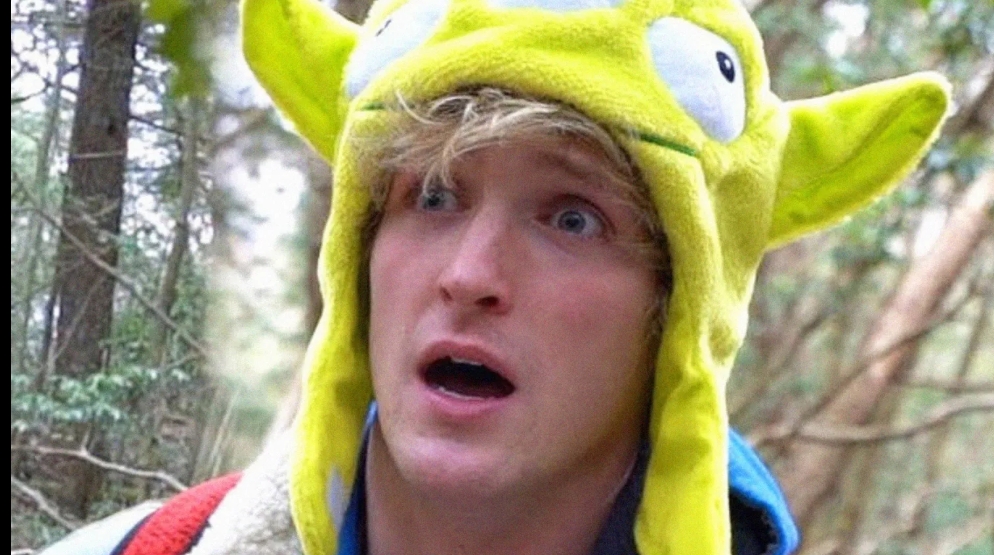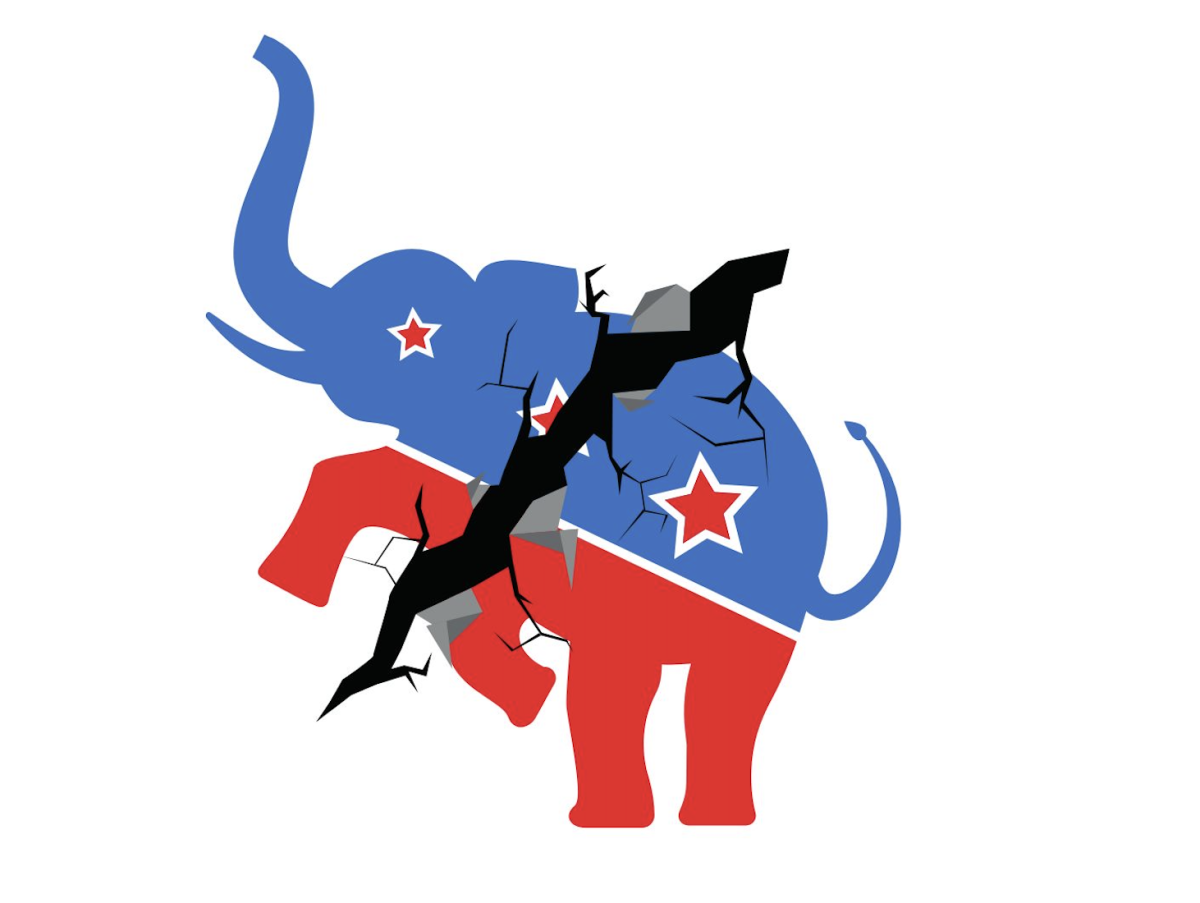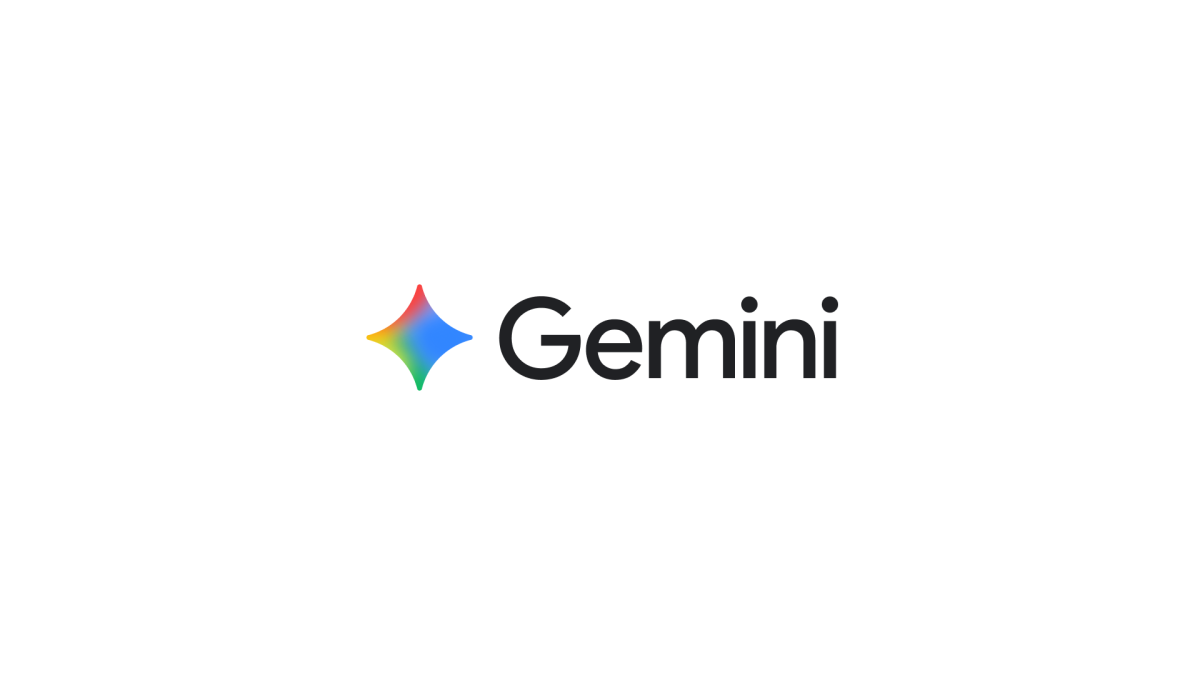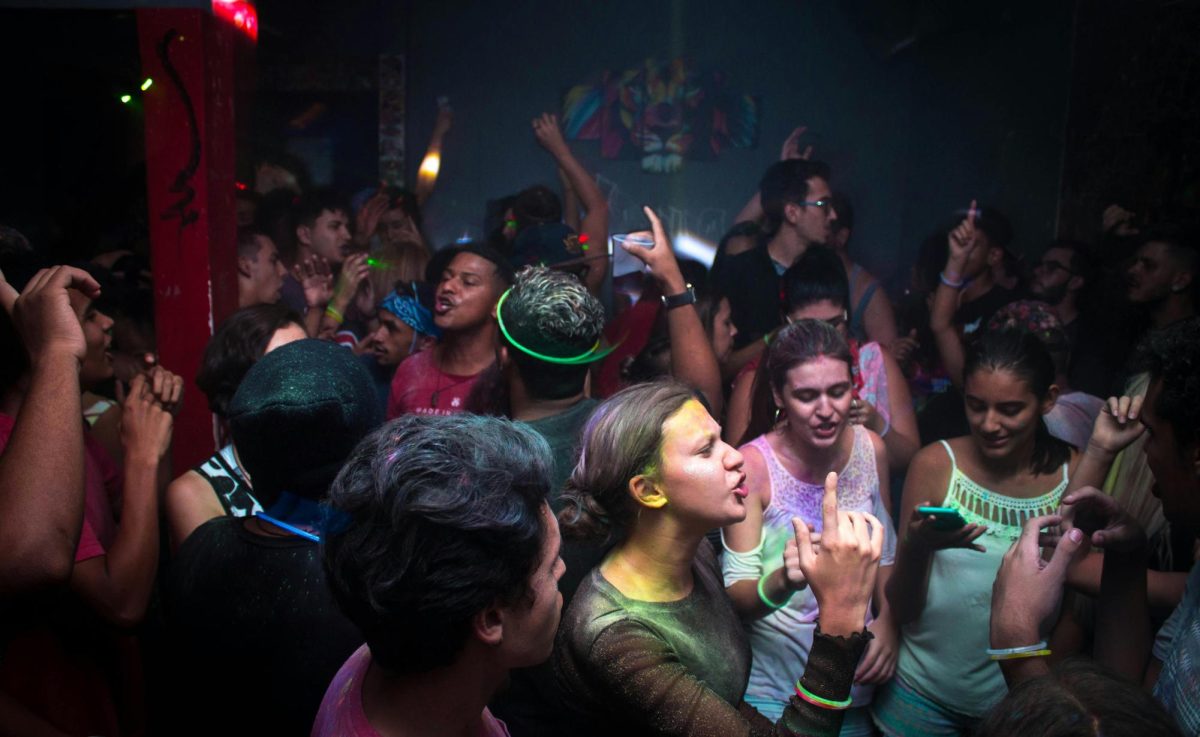Where were you when beauty influencer Tati Westbrook posted her infamous “Bye Sister” video, and James Charles’ downfall began? After this took place in 2019, I vividly remember the aftermath leading to Charles being officially canceled in 2021. Multiple people, including minors, came forward, claiming he was nonconsensually inappropriate with them. After some silence on his end for a year or two, Charles began to re-emerge, and I’ve noticed growing support for him as he reentered both the social media and business world. One rebrand, and it seems everyone’s forgotten about these very serious accusations. This has been the case for multiple influencers and proves a larger point: cancel culture has ultimately lost its impact.
Cancel culture is when people stop supporting someone due to something offensive they’ve said or done. This can include boycotting, unfollowing or calling for them to lose their job. It’s meant to hold people accountable but can be seen as unfair or extreme by some. Cancel culture has worked in different ways depending on the situation. Sometimes, it leads to real consequences, like a public figure losing their job, being dropped by sponsors or losing social media followers. This has happened to actor Kevin Spacey, who faced allegations of sexual misconduct, leading to his removal from the Netflix show “House of Cards” and the film “All the Money in the World.” His career was significantly damaged, and he was permanently “canceled” in Hollywood.
The purpose of cancel culture was initially adopted to hold those using their platform irresponsibly accountable for their actions and the potential damage they had caused. Over the years, the misuse of the word and the over-cancellation of people has become a prominent issue on the internet. In the age of social media, many people engage in “outrage culture,” where they express anger or disgust over issues, often without fully understanding the context. This can be driven by a need for validation or belonging within a community. However, the overuse of the term for trivial matters waters down the seriousness of the action until it ultimately means nothing to the general population.
We’ve become so accustomed to these short-second videos and constant inflow of information that we forget about the drama over time because it’s “old news.” This makes it incredibly easy for influencers and celebrities to rebrand and bounce back with a new image to display or an item to sell. Cancel culture used to be about an individual having to take a step back and learn from their mistakes; now, most influencers view it as a forced vacation from social media, used to focus on other things that will ultimately aid their image in a year or two. Some creators like Logan Paul don’t even face the repercussions of their actions despite public cancellation. Though the forest incident led to widespread condemnation, loss of sponsorships and a temporary drop in popularity, he’s currently richer than ever.
Ultimately, cancel culture is ineffective if public figures and influencers almost always retain a platform and an audience despite facing backlash or consequences. Even after being “canceled,” most individuals—especially celebrities, influencers or public figures—continue to have access to their platforms and audiences. Overall, the terms “canceled” and “cancel culture” as a whole just represent the general population’s disapproval of the individual’s actions. Cancel culture was never truly a permanent phenomenon because the digital age ensures that public figures almost always have a platform. While backlash and criticism can create temporary setbacks, fascination with redemption makes it incredibly difficult to erase someone entirely.






